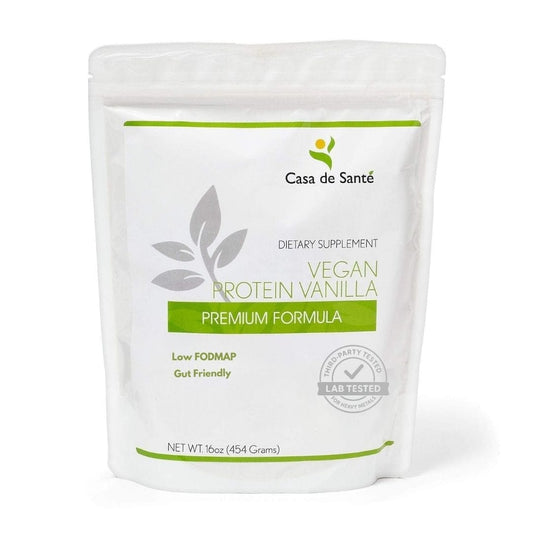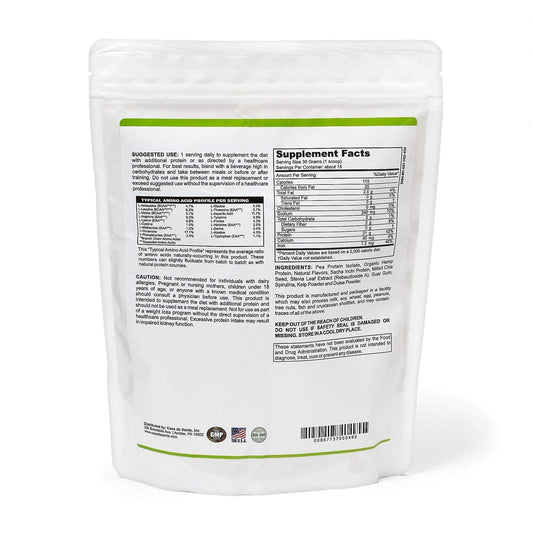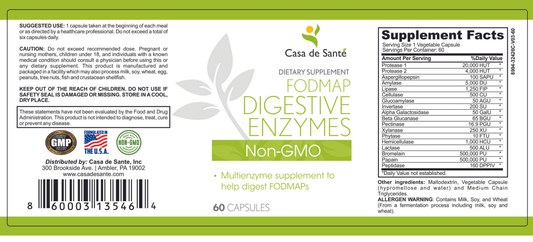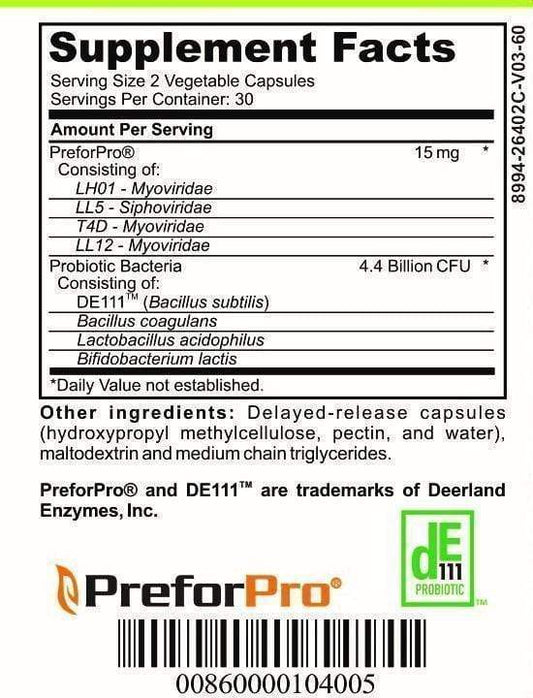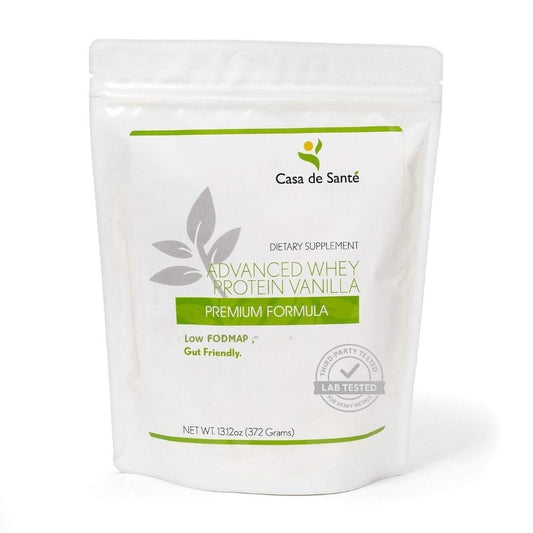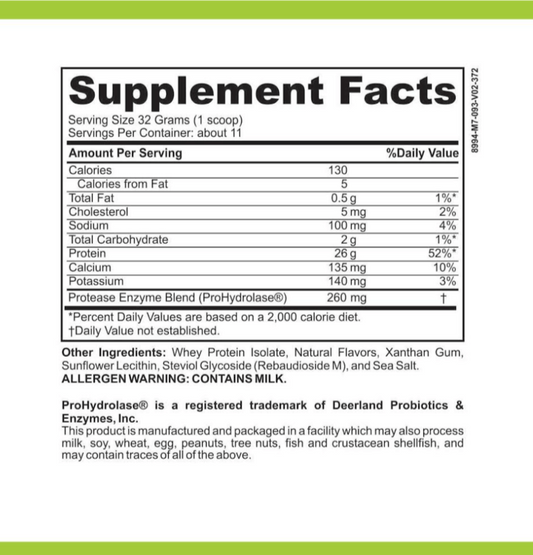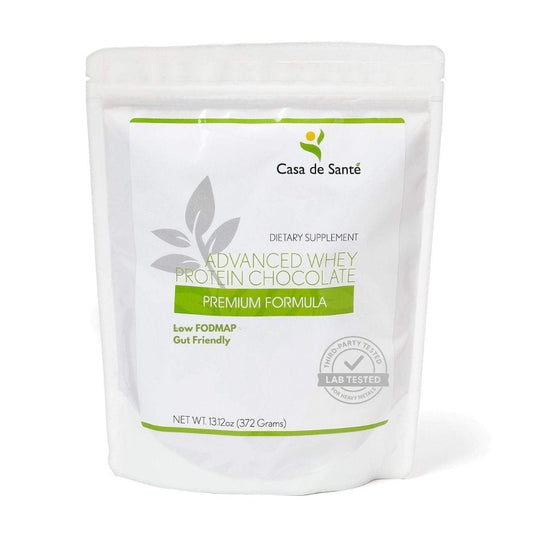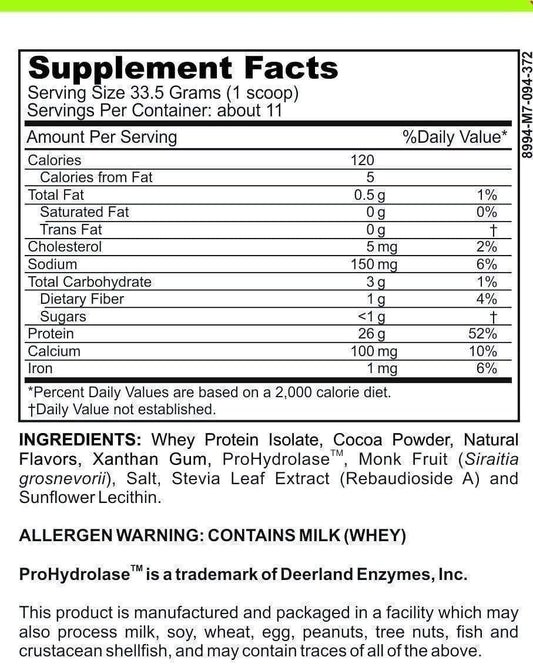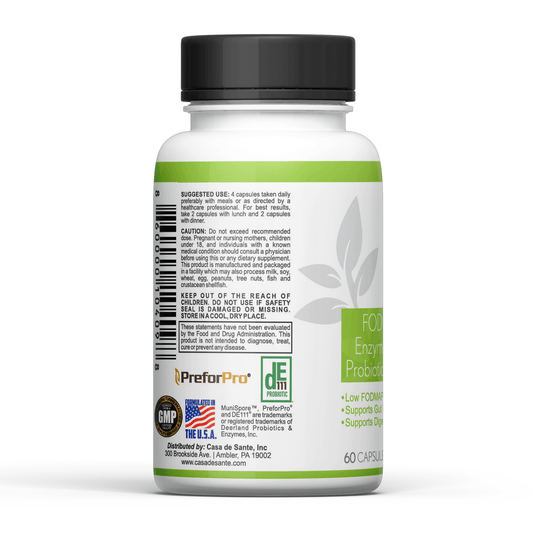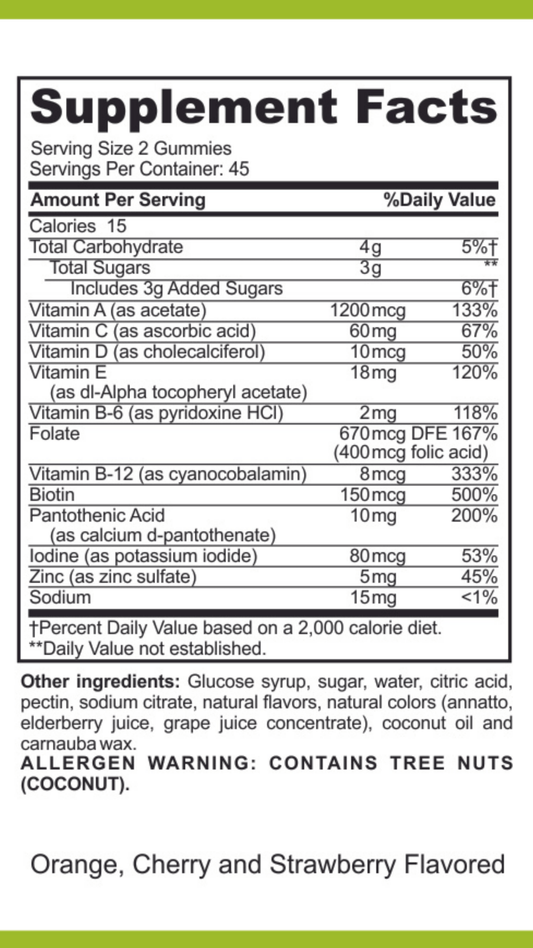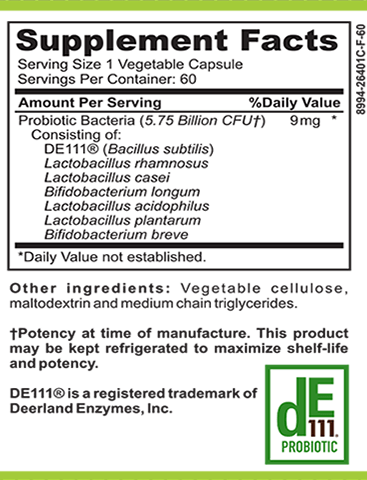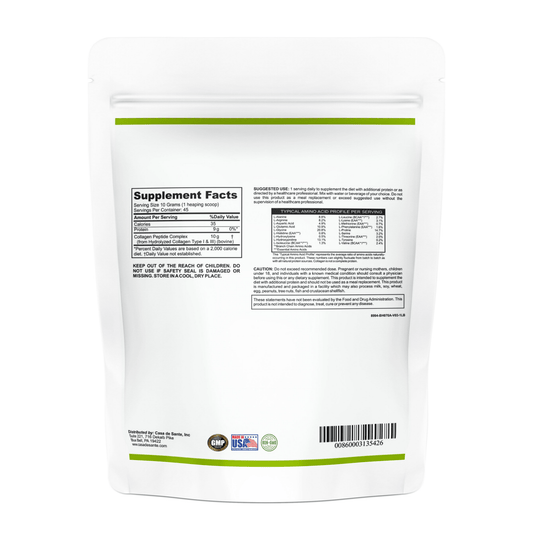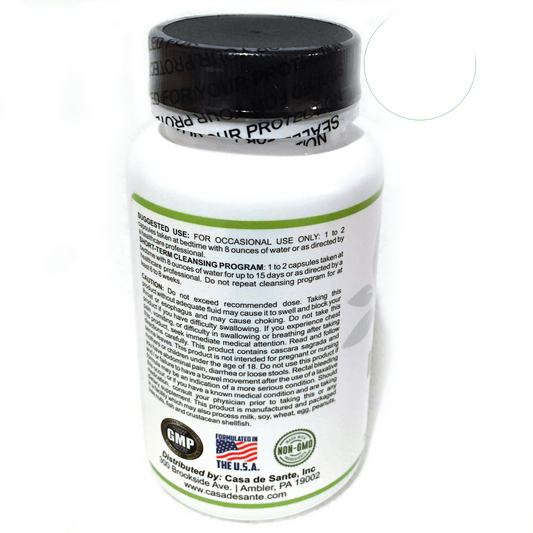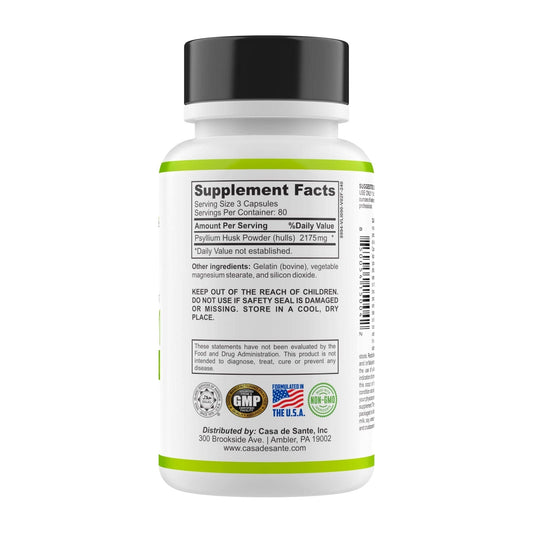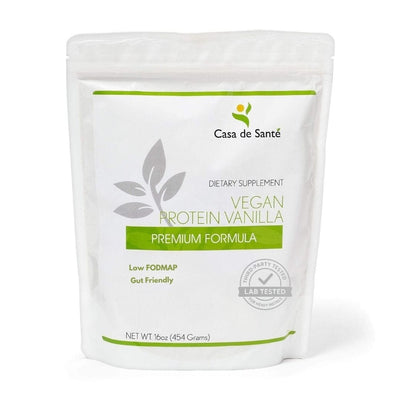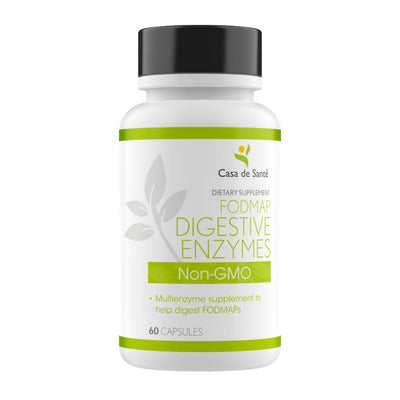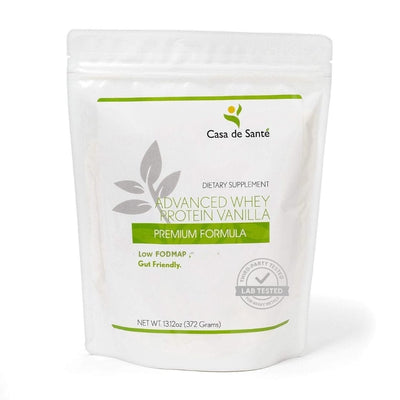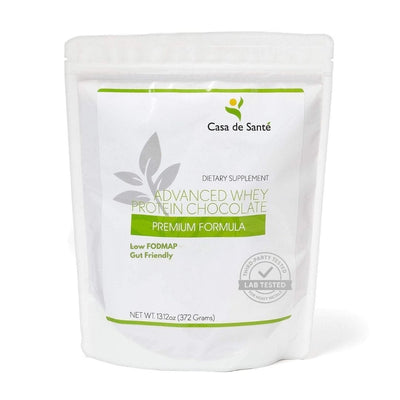Organic Acids + Gut Zoomer 3.0 By Vibrant Wellness vs Sucrose Malabsorption Breath Test
Organic Acids + Gut Zoomer 3.0 By Vibrant Wellness vs Sucrose Malabsorption Breath Test
In the world of gut health testing, there are various options available to individuals looking to gain insights into their digestive system. Two such tests that have gained popularity are the Organic Acids Test (OAT) and the Gut Zoomer 3.0 by Vibrant Wellness. While both tests are designed to provide valuable information about gut health, it is important to understand the differences between them to make an informed decision about which test is right for you.
Understanding the Basics: Organic Acids and Gut Health
Gut health plays a critical role in our overall well-being. The gut is home to trillions of bacteria, collectively known as the gut microbiome, which help with digestion, nutrient absorption, and immune function. When the balance of bacteria in the gut is disrupted, it can lead to various health issues.
What are Organic Acids?
Organic acids are compounds produced by the metabolism of microorganisms in the gut. They serve as markers that can indicate imbalances in gut bacteria or deficiencies in certain nutrients. By measuring the levels of these organic acids in urine, the OAT can provide insights into gut health.
The Role of Organic Acids in Gut Health
Imbalances in organic acids can be indicative of overgrowth of harmful bacteria, yeast, or other pathogens in the gut. Additionally, deficiencies in certain nutrients can also be identified through the analysis of organic acids. By identifying these imbalances, individuals can take targeted steps to restore their gut health and improve overall well-being.
An Introduction to Gut Zoomer 3.0 By Vibrant Wellness
Gut health is a topic that has gained significant attention in recent years, as research continues to uncover the important role that our gut microbiome plays in our overall well-being. Vibrant Wellness recognizes the significance of gut health and has developed Gut Zoomer 3.0, a comprehensive test that aims to provide individuals with a deep analysis of their gut microbiome.
At the heart of Gut Zoomer 3.0 is state-of-the-art technology that allows for a thorough assessment of the diversity and abundance of gut bacteria. By utilizing advanced DNA sequencing techniques, the test can identify and characterize the various species of bacteria present in the gut, providing valuable insights into the overall health of the microbiome.
One of the key benefits of Gut Zoomer 3.0 is its ability to identify potential imbalances in the gut microbiome that may be contributing to digestive issues. By analyzing the composition of the gut bacteria, the test can pinpoint any overgrowth or depletion of certain species, which can then be addressed through targeted interventions.
Features and Benefits of Gut Zoomer 3.0
Gut Zoomer 3.0 offers a wide range of features and benefits for individuals seeking to gain insights into their gut health. The comprehensive analysis provided by the test goes beyond simply identifying the presence of bacteria. It also assesses markers of gut inflammation, which can be indicative of underlying gut health issues.
Furthermore, Gut Zoomer 3.0 checks for the presence of pathogens that may cause digestive disturbances. This is particularly important for individuals who have been experiencing chronic gut-related symptoms and are seeking answers and potential solutions.
Another valuable feature of Gut Zoomer 3.0 is its ability to identify both beneficial and harmful species of gut bacteria. This information can be used to guide personalized dietary and lifestyle recommendations that promote the growth of beneficial bacteria and discourage the proliferation of harmful ones.
How Gut Zoomer 3.0 Works
Gut Zoomer 3.0 utilizes advanced DNA sequencing technology to analyze the patient's stool sample. This non-invasive test allows for a comprehensive assessment of the gut microbiome without the need for invasive procedures.
Once the stool sample is received, it is processed in a laboratory using specialized techniques. The DNA present in the sample is extracted and amplified, allowing for a more accurate analysis of the gut bacteria. The amplified DNA is then sequenced, generating a vast amount of genetic data.
The generated DNA sequences are compared to a vast database of known gut bacteria, allowing for the identification and characterization of the various species present in the sample. This information is then compiled into an easy-to-understand report, which highlights any imbalances or potential issues that may require attention.
With the results of Gut Zoomer 3.0 in hand, individuals can work with healthcare professionals to develop targeted strategies to optimize their gut health. By addressing any imbalances or potential issues identified by the test, individuals can take proactive steps towards improving their digestive health and overall well-being.
Sucrose Malabsorption Breath Test: What You Need to Know
Another test commonly used to assess gut health is the Sucrose Malabsorption Breath Test. This test is specifically designed to identify malabsorption of sucrose, a type of sugar found in various foods.
Sucrose malabsorption can lead to a range of symptoms, including bloating, gas, diarrhea, and abdominal pain. It is often associated with conditions such as irritable bowel syndrome (IBS) and small intestinal bacterial overgrowth (SIBO).
The Science Behind Sucrose Malabsorption Breath Test
The Sucrose Malabsorption Breath Test measures the levels of hydrogen and methane gas in the breath after the ingestion of a sucrose solution. If there is malabsorption of sucrose, the undigested sugar is fermented by bacteria in the gut, releasing gases that can be detected in the breath.
Hydrogen and methane are produced by specific groups of bacteria in the gut during the fermentation process. These gases are then absorbed into the bloodstream and exhaled through the lungs, making their detection in the breath a useful indicator of malabsorption.
Interpreting the Results of Sucrose Malabsorption Breath Test
The results of the Sucrose Malabsorption Breath Test are typically presented as a graph, showing the levels of hydrogen and methane gas over time. Elevated levels of these gases can indicate potential sucrose malabsorption, suggesting an issue with the digestion and absorption of sucrose in the gut.
It is important to note that the Sucrose Malabsorption Breath Test is not a definitive diagnostic tool for sucrose malabsorption. Further tests, such as genetic testing or an elimination diet, may be necessary to confirm the presence of the condition.
If the test results indicate sucrose malabsorption, dietary modifications may be recommended. This can involve reducing or eliminating high-sucrose foods from the diet, such as sweets, sugary drinks, and certain fruits. Working with a registered dietitian can be beneficial in developing a personalized dietary plan.
Additionally, addressing any underlying gut health issues, such as SIBO or IBS, may also be necessary to improve the digestion and absorption of sucrose.
Regular monitoring and follow-up tests may be required to assess the effectiveness of dietary and treatment interventions and to ensure optimal gut health.
Comparing Gut Zoomer 3.0 and Sucrose Malabsorption Breath Test
Now that we have a better understanding of the Organic Acids Test and Gut Zoomer 3.0, as well as the Sucrose Malabsorption Breath Test, let's compare the two to help you decide which test may be more suitable for your needs.
Effectiveness and Accuracy
Both Gut Zoomer 3.0 and the Sucrose Malabsorption Breath Test have been shown to be effective in providing valuable insights into gut health. However, it is important to note that Gut Zoomer 3.0 offers a more comprehensive analysis of the gut microbiome, assessing the overall balance of bacteria and identifying potential imbalances.
The Gut Zoomer 3.0 test utilizes advanced DNA sequencing technology to analyze the genetic material present in a stool sample. This allows for a detailed examination of the microbial composition in the gut, including the identification of specific bacterial species and their relative abundance. By comparing the results to a reference database, Gut Zoomer 3.0 can provide insights into the presence of pathogenic bacteria, beneficial bacteria, and any imbalances that may be contributing to gut health issues.
On the other hand, the Sucrose Malabsorption Breath Test focuses specifically on the body's ability to absorb sucrose, a type of sugar. This test measures the levels of hydrogen and methane gas in the breath after consuming a sucrose solution. Elevated levels of these gases can indicate malabsorption of sucrose, which may be a sign of certain gut disorders such as lactose intolerance or small intestinal bacterial overgrowth (SIBO).
While both tests are effective, it is important to consider the specific information you are looking to gain about your gut health. If you are interested in a more comprehensive assessment of your gut microbiome, Gut Zoomer 3.0 may be the better option. However, if you suspect issues related to sucrose absorption specifically, the Sucrose Malabsorption Breath Test could provide more targeted insights.
Ease of Use and Convenience
In terms of ease of use, the Sucrose Malabsorption Breath Test may be considered more convenient as it only requires the ingestion of a sucrose solution and breath sample collection. This can typically be done in the comfort of your own home or at a healthcare provider's office. The breath sample is then sent to a laboratory for analysis.
Gut Zoomer 3.0, on the other hand, involves collecting a stool sample, which may be viewed as less convenient by some individuals. The sample collection process usually requires the use of a collection kit provided by the testing company. Once the sample is collected, it needs to be properly packaged and sent to the laboratory for analysis.
However, it is important to note that the additional steps involved in Gut Zoomer 3.0 allow for a more thorough assessment of gut health. The stool sample provides a snapshot of the microbial composition in the gut, which can be influenced by various factors such as diet, lifestyle, and medications. By analyzing the stool sample, Gut Zoomer 3.0 can provide a more comprehensive understanding of the overall balance of bacteria in the gut and identify any potential imbalances that may be contributing to gut health issues.
Cost Comparison
Cost is another factor to consider when choosing between these tests. The Sucrose Malabsorption Breath Test typically has a lower cost compared to Gut Zoomer 3.0. This may be appealing to individuals who are looking for a more affordable option.
However, it's important to weigh the cost against the level of insight provided by each test to determine the best value for your specific needs. Gut Zoomer 3.0 offers a comprehensive analysis of the gut microbiome, providing valuable information about the overall balance of bacteria and potential imbalances. This in-depth analysis can help guide personalized treatment plans and interventions to improve gut health. Therefore, if you are seeking a more detailed understanding of your gut health, the additional cost of Gut Zoomer 3.0 may be worth considering.
Personal Experiences and Reviews
When making a decision about gut health testing, it can be helpful to consider the experiences and reviews of individuals who have undergone the tests.
User Reviews of Gut Zoomer 3.0
Many individuals who have tried Gut Zoomer 3.0 have reported positive experiences, noting that the test provided them with valuable insights into their gut health. Users have praised the comprehensive nature of the test and the easily understandable report provided.
User Reviews of Sucrose Malabsorption Breath Test
User reviews of the Sucrose Malabsorption Breath Test have also been generally positive, with individuals appreciating the simplicity of the test and the quick results obtained.
In conclusion, both the Organic Acids Test and the Gut Zoomer 3.0 by Vibrant Wellness, as well as the Sucrose Malabsorption Breath Test, offer valuable information about gut health. However, the choice between them ultimately depends on your specific needs and preferences. Consider the comprehensiveness of the analysis, ease of use, cost, and user reviews to make an informed decision about which test is best for you.

